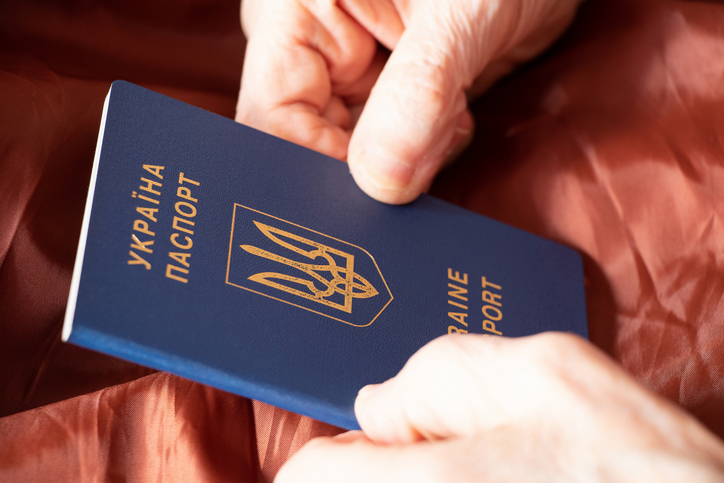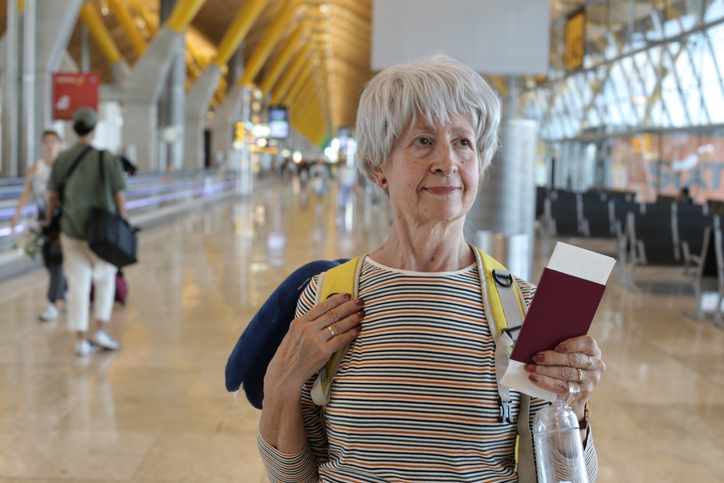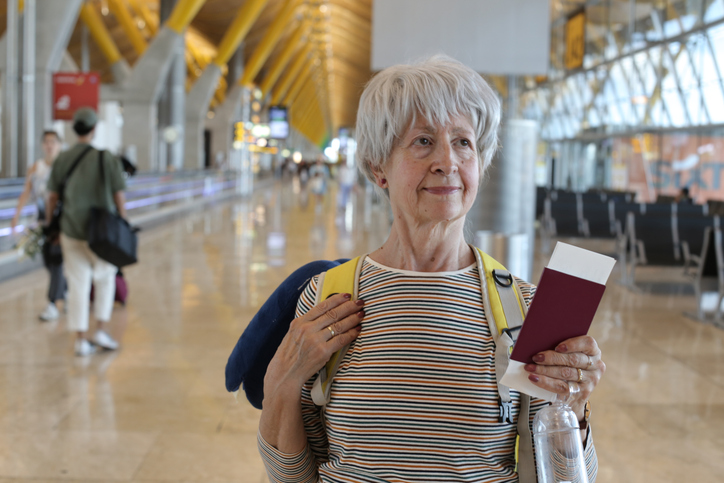The allure of living abroad can promise a better climate, a lower cost of living and a higher quality of life, if you find the right country to move to in your golden years. But you can’t just pick up and move wherever you want, whenever you feel like it, without the required documentation. One document that can help you turn that retirement goal into a reality is a retirement visa. This is a specialized permit that allows retired individuals to reside in a foreign country. Here’s what you need to know.
What Is a Retirement Visa?
Retirement visas are specialized permits designed for retired individuals who wish to reside in a foreign country. They are often sought after for the potential of a more comfortable or affordable lifestyle during one’s non-working years. Countries use them as a way to get more people to spend money in the country without having to provide certain benefits or figure out complex tax relationships.
These visas are typically issued to those who can demonstrate financial self-sufficiency, ensuring they can support themselves without the need to enter the local job market. It’s important to understand that financial self-sufficiency requirements are a key aspect of retirement visas. Countries offering these visas require proof that applicants have a stable income, such as pensions or investments, sufficient to cover their living expenses. This is to ensure that retirees can enjoy their post-career life without becoming a financial burden on the host country.
How Retirement Visas Work

Retirement visas are a unique class of visas designed to cater to individuals who have concluded their professional careers and are seeking to spend their retirement years in a country other than their own. The primary purpose of these visas is twofold: they offer retirees the chance to enjoy their post-work life in a setting that may offer a more agreeable climate, a lower cost of living or a cultural experience that aligns with their interests.
Concurrently, they provide economic benefits to the host country. By welcoming retirees who bring with them a stable foreign income, these visas stimulate the local economy. Retirees often invest in the housing market, use healthcare services and contribute to the service sector through their day-to-day spending. This economic activity can be a boon for the host nation, particularly in areas that have become renowned as retirement havens, as it supports local enterprises and can lead to the creation of new jobs.
The general mechanism for obtaining a retirement visa involves a series of requirements that applicants must fulfill. Typically, the applicant must demonstrate financial solvency, which can be shown through a consistent income stream, such as a pension, or by presenting evidence of substantial savings. Additionally, comprehensive health insurance coverage is often a prerequisite, ensuring that retirees will not become a burden on the country’s healthcare system. Retirement visas are usually issued for a fixed duration, ranging from one to several years, and are subject to renewal contingent upon the retiree continuing to meet the visa conditions.
Requirements to Obtain a Retirement Visa
To be eligible for a retirement visa, one must typically meet a set of criteria designed to ensure that retirees are self-sufficient and do not impose a financial burden on the host nation. While the specific requirements will depend largely on the country you’re trying to live in, the general prerequisites for obtaining a retirement visa can be straightforward. These include:
- Reaching a certain age threshold, which usually starts at 50 or 55 years old.
- Demonstrating financial stability through a steady income, such as a pension or investment returns.
- Having comprehensive health insurance to mitigate potential healthcare costs.
- Providing evidence of sufficient funds to cover living expenses.
- Maintaining a clean criminal record.
It’s important to note that each country has specific requirements beyond these general ones. For example, some nations may set a higher income threshold for eligibility or mandate an investment in local real estate as part of the visa conditions.
Tips for Getting a Retirement Visa
You should research the visa application process and think about the financial implications of moving abroad early to save time and effort. Here’s a checklist of common documents required for retirement visa applications:
- Proof of income, such as bank statements or income verification to demonstrate financial sustainability.
- Comprehensive health insurance that meets the standards of the destination country.
- A valid passport with at least six months of validity beyond the intended stay.
- A clean criminal background check.
- Proof of accommodation, which could be evidence of purchased property or a rental agreement.
- Fully completed and signed official visa application forms.
- Recent passport-sized photos that adhere to the country’s specific requirements.
Contacting local experts can also help you expedite the retirement visa application process. One place to to start your research could be the embassy or consulate for the destination country.
Bottom Line

A retirement visa can help you turn your dream of retiring abroad into a reality. The process to obtain a retirement visa requires careful planning and research, and can include the assistance of legal experts. Each country has its own set of financial and legal requirements.
Tips for Retirement Planning
- A financial advisor can help you create a personalized retirement plan. Finding a financial advisor doesn’t have to be hard. SmartAsset’s free tool matches you with up to three vetted financial advisors who serve your area, and you can have a free introductory call with your advisor matches to decide which one you feel is right for you. If you’re ready to find an advisor who can help you achieve your financial goals, get started now.
- You can use a free retirement calculator to estimate whether you’re saving enough money to retire the right way.
Photo credit: ©iStock.com/ozgurdonmaz, ©iStock.com/Victoria Kotlyarchuk, ©iStock.com/ajr_images
Read the full article here

















